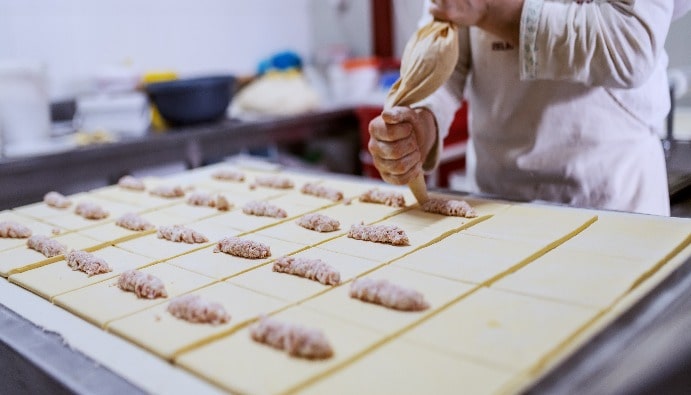
BLOG
KATEGORİDEKİ DİĞER YAZILAR

In recent years, consumption of ready-to-eat food has increased, especially due to busy work schedules. Both the sale of processed products in grocery stores and the consumption of fast food style foods have increased...
Ready-to-eat foods are foods that can be consumed directly after unpacking or after minimal processing (such as heating).
We can say that there are some conditions for ready-to-eat foods to be healthy. This is where the term “Safe Food” comes into play. Safe Food: Physically, chemically and microbiologically clean food that has not lost its nutritional value. Within the scope of safe food;
First of all, when consuming ready-to-eat foods, we should prefer businesses and certain market products that we are sure they produce cleanly. If it is a packaged product, we should check the label.
Production stages of prepared foods:
The important points in the above-mentioned stages are primarily the production of food in a hygienically clean environment. Applying appropriate production processes to the food and storing it at the right temperatures and ambient conditions are other important issues. Most of the food poisoning is caused by ready-to-eat foods.
Another important issue in ready-to-eat food production is the additives used. Food additives are substances that cannot be used as food alone but can be used in the production, processing, storage and packaging stages of food.
The main purposes of additives are to improve the appearance, flavor and structure of the food, to preserve nutritional values, to prolong shelf life and to prevent microbial growth.
Additives that can be used in ready-to-eat foods can be listed as follows; Color substances, Preservatives, Antioxidants, Taste and Fragrance Substances, Chelates, Structure regulators
The use of additives in foods is restricted or prohibited under the “Turkish Food Codex Regulation on Food Additives”. All food manufacturers must produce under these conditions.
As a result, ready-to-eat foods produced in line with the conditions mentioned above can be consumed as “Safe Food”.
Contact us for more information.
You can follow us on LinkedIn for up-to-date news and posts about our services.
Follow our Instagram account to be informed about our latest blog posts.